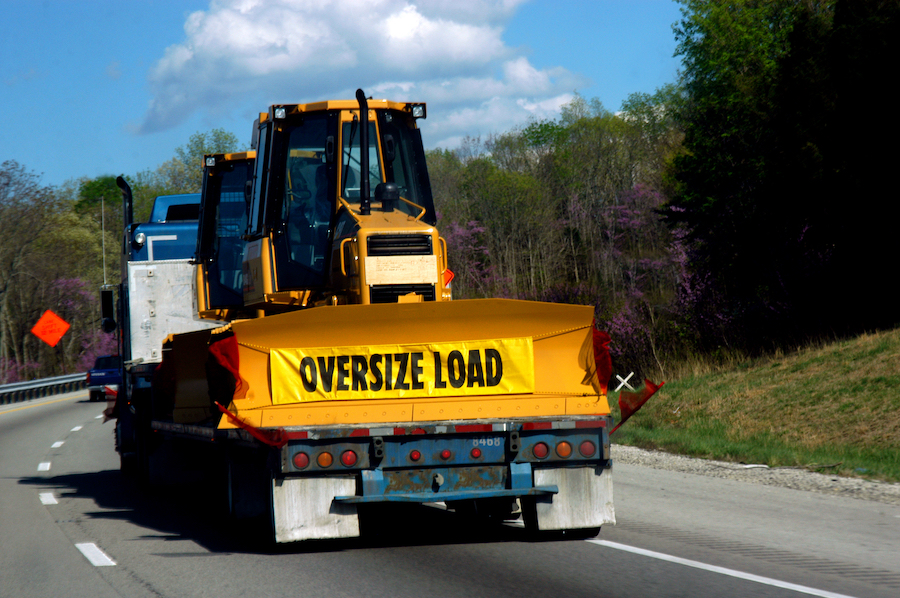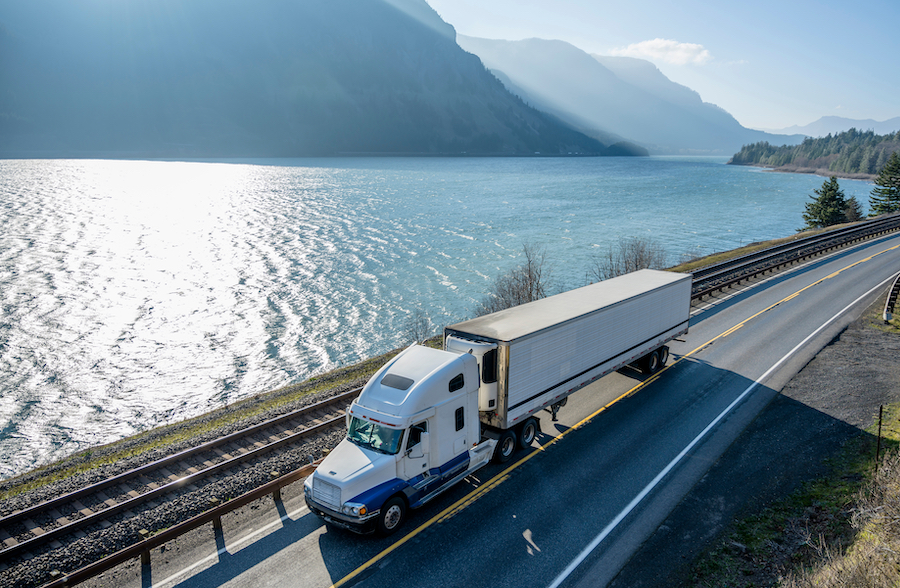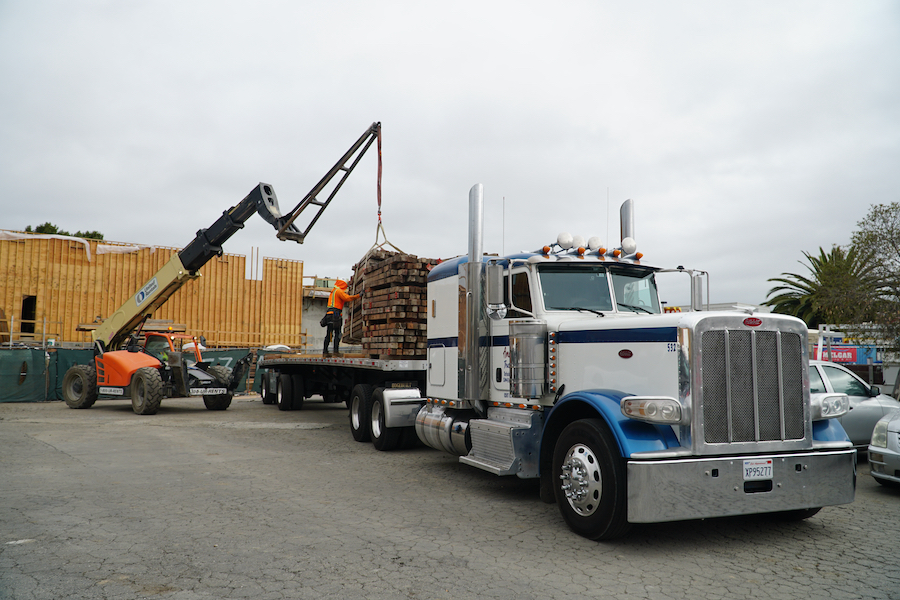
View the complete article here.
Whether you’re a seasoned construction entrepreneur, an independent contractor, or even a small business owner in the transport sector—navigating the ins-and-outs of driver’s licenses is an essential aspect of your operations. For that reason, understanding the difference between a Commercial Driver’s License (CDL) and a non-Commercial Driver’s License (non-CDL), who uses them, and how they relate to revenue generation is crucial.
CDLs are typically used by drivers who operate large commercial vehicles like tractor-trailers, buses, or trucks transporting hazardous materials. These drivers are often employed by larger transportation or construction companies where heavy hauling is a routine part of business operations. Their revenue often stems from contracts that require the transport of large loads—be it building materials, goods for retail, or even passengers in the case of buses.
On the other hand, non-CDLs are typically utilized by drivers who operate lighter vehicles—such as small trucks or personal cars. These might include independent contractors, small business owners, or drivers in smaller construction or landscaping businesses. Their income generally comes from smaller-scale contracts—such as local deliveries, minor construction or landscaping work, or smaller passenger transport services.
The choice between a CDL and a non-CDL—and the associated earning potential in each case—often depends on the specific needs of the business, the nature of its operations, and the type of vehicle needed.
Understanding CDLs and non-CDLs
A CDL, or Commercial Driver’s License, is a specialized driver’s license required to operate commercial vehicles. These vehicles generally include those with a gross vehicle weight rating (GVWR) of 26,001 lb (11,794 kg) or more. This includes long-haul trucking (18-wheelers), dump trucks, concrete mixers, tow trucks, and hazardous material transportation.
A non-CDL—on the other hand—is a standard driver’s license issued for personal vehicles like cars, SUVs, and small trucks. Non-CDLs may also cover some light commercial vehicles up to a GVWR of 26,000 lb (11,793 kg), which can be sufficient for some small businesses or contractors. Some trucking operations that do not require a CDL include local delivery services, landscaping, light construction work, and some minor towing services.

Pros and Cons of CDLs and non-CDLs
Some of the benefits of a CDL include:
- Versatility: A CDL opens up a wide range of possibilities for drivers, including the ability to drive heavy-duty trucks and other large commercial vehicles. This can be particularly beneficial for businesses that deal with large quantities of materials or require extensive hauling capabilities.
- Earning potential: Given the higher degree of skill and responsibility associated with operating larger vehicles, CDL drivers often command higher wages compared to non-CDL drivers.
- Broad opportunities: The demand for CDL drivers spans across various industries, offering greater job security and opportunities for those with the license.
That being said, the process of obtaining a CDL involves an investment of both finances and time. Potential drivers must pass written and skills tests, which require considerable preparation and possible additional training. In addition, operating larger trucks or transporting hazardous materials inherently carries a higher risk. Of course, accidents involving these vehicles is likely to have more severe consequences—leading to higher insurance costs and potential liability issues.
Some of the benefits of a non-CDL include:
- Ease of acquisition: Obtaining a non-CDL is a simpler process—typically requiring only a written test and a driving exam for standard vehicles. This makes it a quicker and less expensive option compared to a CDL.
- Sufficient for smaller loads: For businesses that primarily deal with lighter loads, a non-CDL can be sufficient. This can be particularly applicable to businesses like small landscaping services or minor construction or renovation businesses.
That being said, non-CDLs certainly have their limitations—non-CDLs restrict drivers to smaller vehicles and therefore limit the size of the loads that can legally transport. This can potentially restrict business growth and potential revenue for companies that need to transport larger loads. Because of these limitations, non-CDL drivers often (but not always) have a lower earning potential compared to their CDL counterparts.
The Process of Obtaining a CDL vs. a Non-CDL
Obtaining a CDL requires applicants to pass a series of tests, including a written knowledge test and a practical skills test—which includes a pre-trip vehicle inspection, a basic controls test, and an on-road driving test. As mentioned earlier, the process requires time and monetary investment, and may also require attending a driving school. There are also strict medical requirements to ensure drivers are fit to operate large vehicles. The tests are designed to assess an individual’s ability to safely operate commercial vehicles and handle the challenges associated with the job—such as long hours on the road and the transport of potentially hazardous materials.
Getting a non-CDL—in contrast—is a more straightforward process that typically involves a written test and a standard vehicle driving test. The written test covers the rules of the road and basic driving skills, while the driving test assesses an individual’s ability to safely operate a vehicle in real-world conditions. The medical requirements for a non-CDL are also less stringent compared to those for a CDL.

Insurance and Liability Implications
Of course, operating larger commercial vehicles comes with higher liability risks. Thus, businesses employing CDL drivers typically face higher insurance premiums due to the increased potential for damage in the event of an accident. In addition—in case of accidents—there’s an increased risk of legal liability given the potential for greater damage or injury.
On the other hand, non-CDL vehicles are typically smaller, leading to less potential for damage and thus lower insurance premiums. The liability risks are also generally lower with non-CDL vehicles, making them a more economical choice for businesses that don’t require the transport of large loads.
Impact on Business Operations
The choice between CDL and non-CDL can significantly impact daily operations. Employing CDL drivers often means higher wages, which can affect your business’s profitability. However, these drivers can operate larger vehicles, allowing for the transport of larger loads and potentially leading to more substantial contracts. In addition, some projects or contracts may require CDL drivers due to the nature of the work involved.
Employing non-CDL drivers—on the other hand—is often less expensive, but it comes with limitations. These drivers are restricted to smaller vehicles, which can limit the type of contracts your business can accept. However, for businesses focusing on smaller projects, employing non-CDL drivers can be a cost-effective solution.

Potential for Growth
If you’re planning for business growth or diversification, having CDL drivers is likely to be beneficial. CDLs allow your business to accept larger projects and to venture into new areas, like commercial transportation or heavy-duty hauling—leading to increased revenue and business expansion.
However, if you plan to maintain your business at a smaller scale or want to focus on specific areas that don’t require large vehicle operations, a non-CDL should be sufficient. It allows you to control costs while still meeting the needs of your clients.
To conclude, understanding the differences between CDLs and non-CDLs, their associated costs, benefits, and liabilities, can help you make the right decisions for your business. Whether it’s investing in CDL drivers for potential growth or maintaining non-CDL drivers for smaller-scale operations, the choice depends on your business model, the nature of your operations, and your long-term business goals.
View the complete article here.
What are the key benefits of obtaining a Commercial Driver’s License (CDL) for business operations?
A CDL provides versatility, higher earning potential, and broad job opportunities, enabling drivers to handle heavy-duty trucks and large commercial vehicles for various industries.
How does choosing between CDL and non-CDL drivers impact business operations and growth?
The choice influences factors such as driver wages, insurance costs, and the ability to accept larger projects, with CDLs supporting business expansion and non-CDLs offering cost-effective solutions for smaller-scale operations.













































